2020 Husqvarna FC 250 | Track Tested
Share
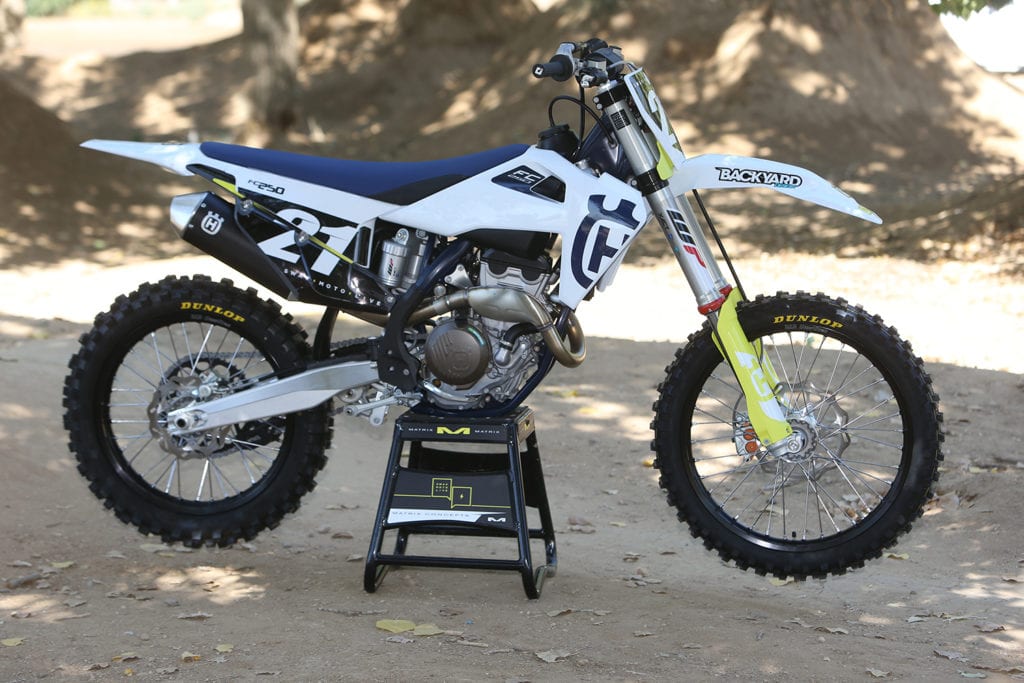
2020 HUSQVARNA FC 250 | COMPLETE CONTENT ARCHIVE
For 2020 Husqvarna only made a few changes to its motocross lineup, knowing well that it already had proven winners in all three divisions (including the 350). We took delivery of our 2020 Husqvarna FC 250 test bike last week at Milestone MX Park and have logged three solid days of riding on the new machine and are quite impressed with its performance. But before we get into that, let’s look at what’s new for 2020!
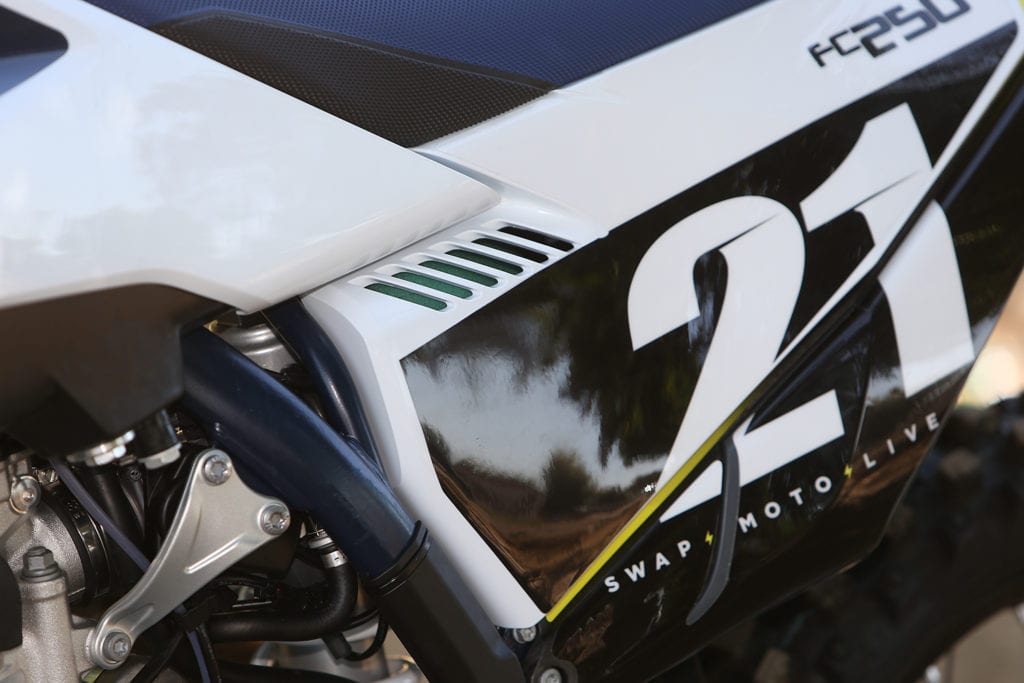
What’s New
Aesthetically, the most obvious change is the new optional vented airbox cover/side panel. The bike comes off the dealership showroom floor outfitted with the standard solid cover, but included with your owner’s manual and tool kit is an optional sidepanel that everyone should put on before even riding the bike. It’s no secret that race teams bore holes into their airbox covers in order to direct more air towards the air filter, and the optional vented cover that comes with the FC line is super trick with directional louvers molded into the uppermost edge.
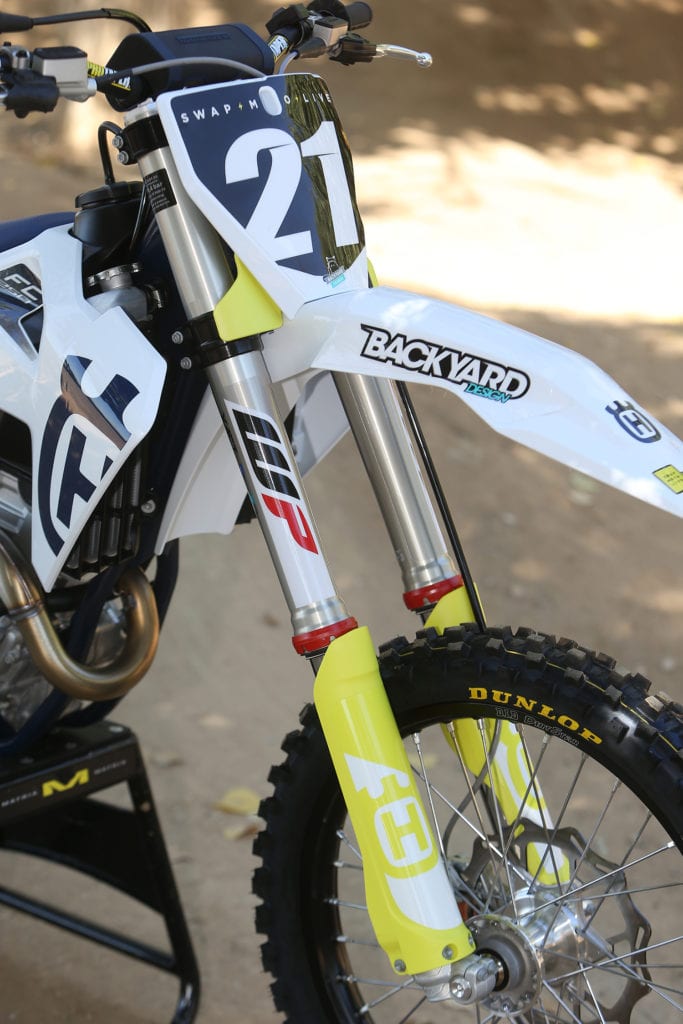
As we learned a couple of weeks ago when we took delivery of the 2020 Husqvarna FC 450, Husqvarna Motorcycles has developed its own United States-specific suspension setting separately from sister brand KTM, and its objectives were a more comfortable, plush ride on both ends of the WP components. For 2020 the FC 250 has lighter settings, front and rear.
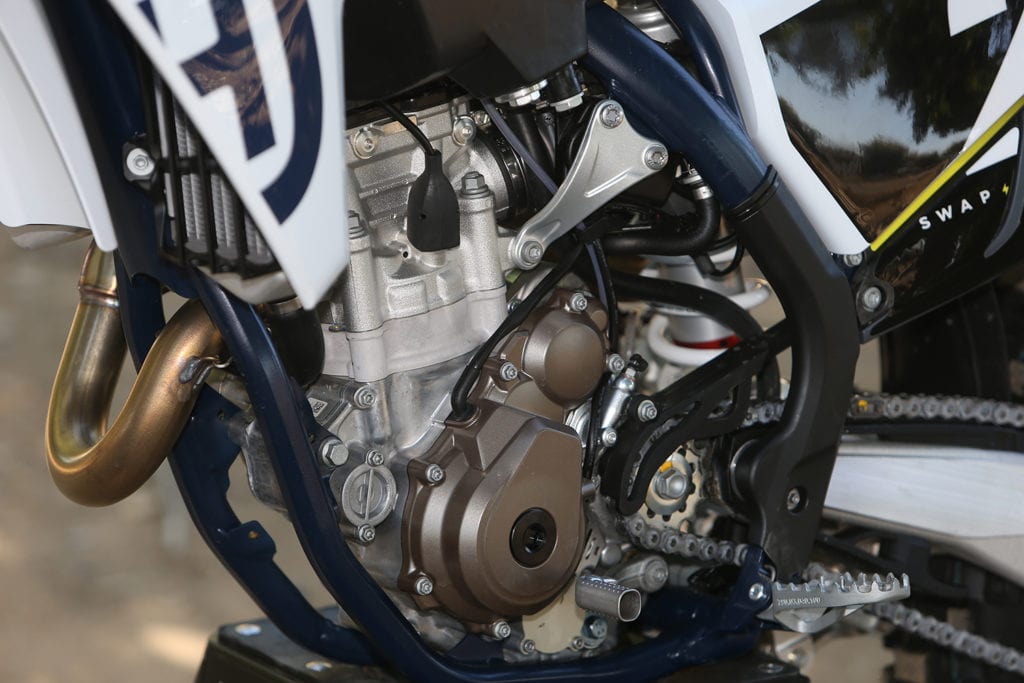
Unlike the FC 450 that boasts new mapping, the FC 250 powerplant returns completely unchanged. And that’s not necessarily a bad thing: the 2019 FC 250 was a ripper! As for the rest of the machine new, clean in-molded graphics and grey lower side panel pieces round out the changes made to the 2020 FC 250, which carries a MSRP of $9199.
On The Track
One of the things we love most about the Austrian machines isn’t that they were the first to be outfitted with electric starters, but rather for how well they work. While some of the Japanese machines equipped with e-start seem to labor before roaring to life, the Husky barks as soon as the button is depressed. With or without the choke, and whether the bike and weather is hot or cold, the FC 250 fires right up in an instant.
Ergonomically, the FC 250 is excellent, with a slim feel between the rider’s legs and a nice footpeg-to-seat ratio that accommodates a variety of rider heights well. The Husky comes outfitted standard with excellent Pro Taper oversized handlebars that we love: the bend is universally liked by all of our test riders and they do an exceptional job of dampening vibration from both the engine and track feedback. We only wish the bike would come standard with a Pro Taper bar pad instead of the strange rubberized Husqvarna pad.
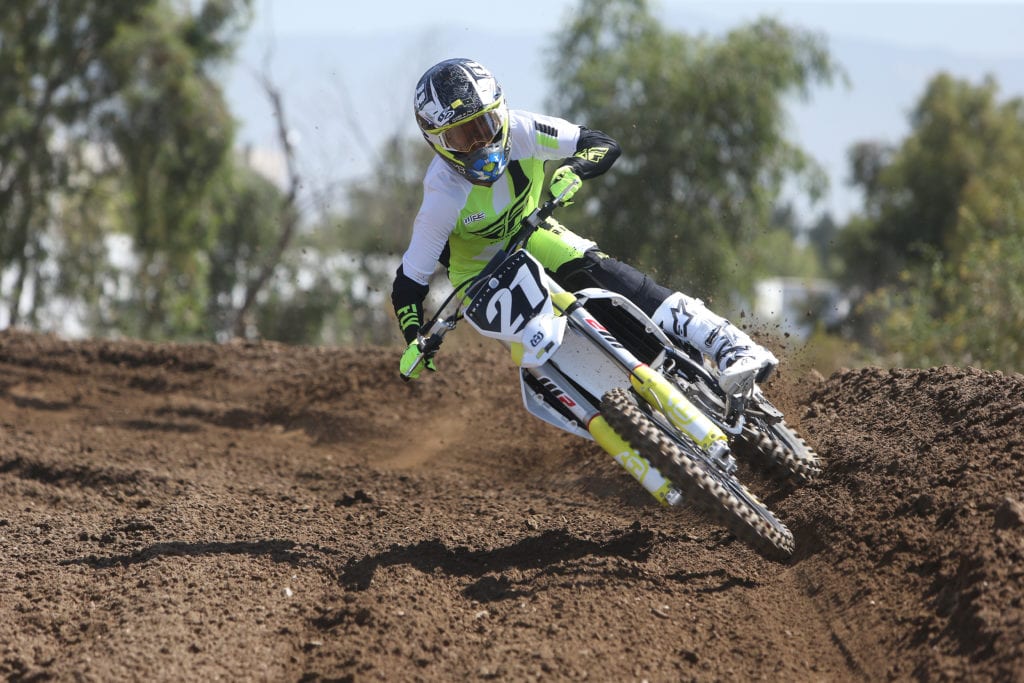
The biggest change in the way the new FC 250 feels on the track in comparison to the bike it replaces is in the suspension department. Though the shock still comes with a 4.2 rear spring and the recommended standard fork air pressure is 10.4 bar, internal valve settings are directed at more initial compliance and comfort. Unlike the softer setting in the FC 450, we weren’t deterred by the plusher settings and the bike was praised by our fastest participating tester, 155-pound Pro, Rene Garcia, who enjoyed the initial action of the fork and shock but didn’t have a problem bottoming either end. With the shock sag set around 103-105mm, the FC 250 enjoys great balance with a lot of front-end traction in the corners. The bike is exceptionally adept in rutted corners but surprisingly stable and confidence-inspiring in faster stand-up sweepers. We slowed the shock rebound down several clicks to really get the bike to lay into the corners and were very pleased with the bike’s ability to change direction with minimal input.
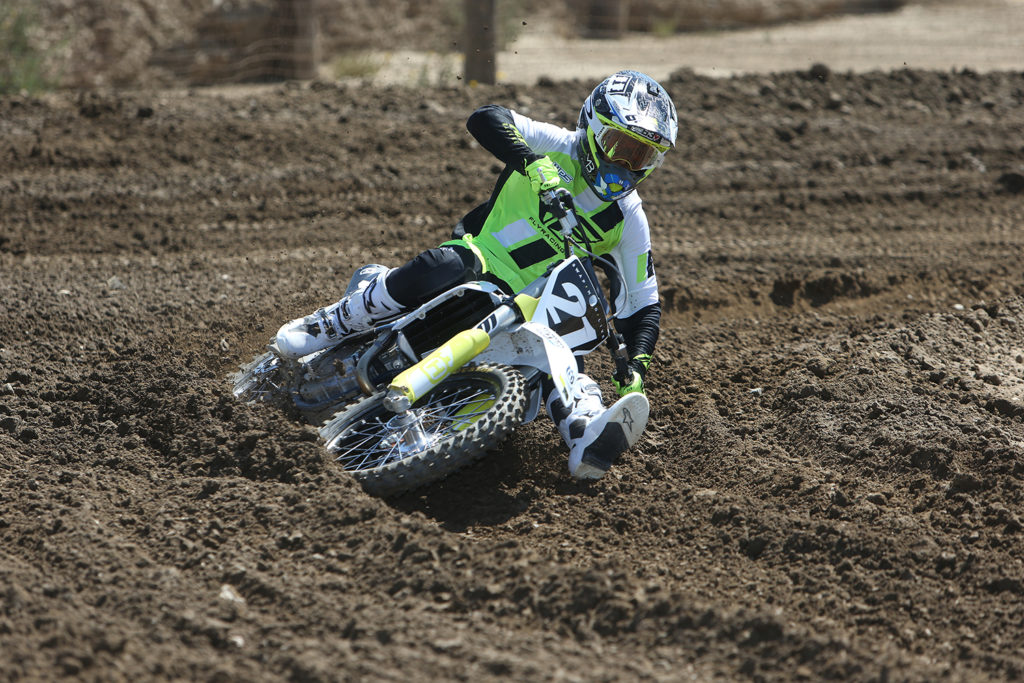
The vented airbox makes a more detectable difference on the FC 250 than the bigger bikes, as back-to-back laps with the solid versus vented cover yielded a difference in feel right off idle and way up top. Simply put, there is no reason other than a torrential downpour and super-wet conditions to ever use the sealed-up cover.
As it has been from the beginning, the FC 250 powerplant is happiest when revved hard and shifted late as the engine is strongest from the middle of the RPM range on up. Aggressive riders will love the bike best, as it produces mad amounts of power in the upper RPM range and keeps pulling for what seems like forever in each gear. Is this the best engine for a beginner rider? No. Low-end roll-on power isn’t abundant, but the FC 250 is a lethal weapon in the hands of a skilled rider who knows how to keep the bike screaming. Map 1 produces the most forgiving powerband, as it has more low-end than map 2, but it flattens out earlier than the more aggressive second map. The hydraulic clutch performs flawlessly and has a good feel when the plates engage and disengage, something that’s important when hammering the lever in order to keep the engine purring at high RPM. On our initial day of testing, the transmission had a slightly notchy feel, but after changing the engine oil and logging some more time on the tranny, the shifts began to come more smoothly.
As always, the brakes on both ends of the Husqvarna are strong and offer great feel and modulation. The front brake, especially, is powerful, but easy to drag with control when trying to keep the front end sticking inside of a deep rut. We’ve encountered absolutely no issues with brake fade or squeal.
Thus far, we’ve logged only five hours on the new FC 250, but as we continue to learn more about specific setup and aftermarket accessories, we will continue to update our readers. For now, the only complaint we have about the new Husky is how quickly the white plastic marks up in the hands to a rider who really grips the bike with his knees and boots.
We can’t wait to see how the FC 250 stacks up against the rest of the field in the upcoming 2020 250 Shootout! Have any aftermarket parts of modifications you’d like us to try first? Comment below!



















































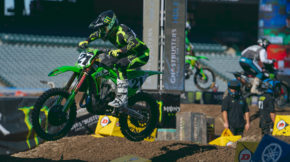





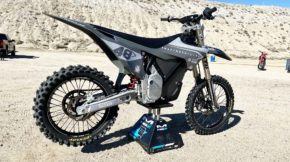



Great job! Super excited for you guys to get ahold of the 2020 CRF450RWE!!